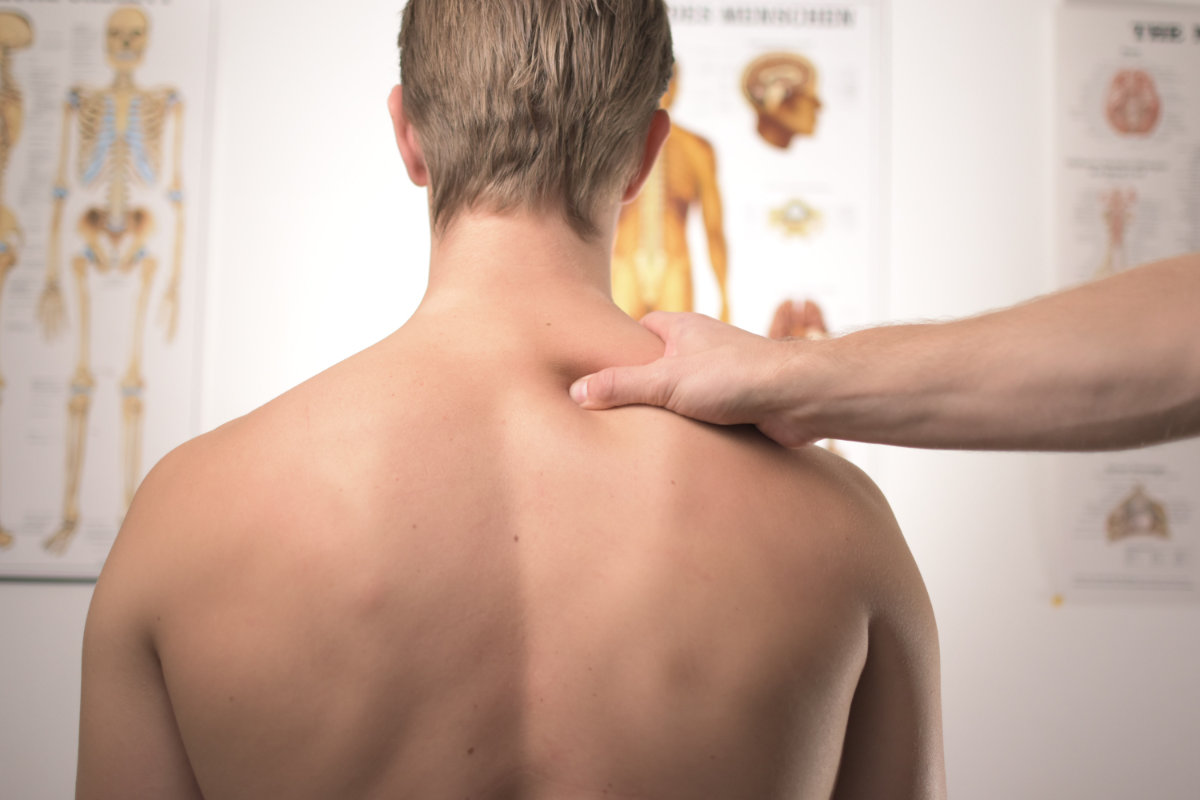
Alexander Technique
What is it?
The Alexander Technique aims to improve movement, posture, balance and coordination, through correcting movement habits to reduce – or even eliminate – stress and tension in your muscles. It teaches the best use of the body in daily activities such as sitting, standing, walking, lifting and speaking, educating the body to use an appropriate amount of effort and energy.
This ‘re-education’ of the mind and body does not require strength or physical exertion but it does involve commitment in order to overcome the tension induced by years of poor posture, and improper lifting, sitting and standing.
Alexander Technique teachers, although highly trained, are not medical advisors and do not make medical diagnoses.
How can it help in Parkinson's?
When trained to work correctly, the body can move in a freer, lighter and healthier way which brings obvious benefits if your movement is impaired by tremor. However there is very little scientific evidence to confirm if the Alexander Technique is effective in Parkinson’s.
Practicing the technique may help with tremor symptoms such a tremor, balance, pain, speech and depression, but each person will react differently to this treatment.
Carers may also benefit from the improved movement and emotional wellbeing associated with this technique.
What should I expect if I join a class?
This treatment is not regulated in many countries. It is therefore a good idea to ask your doctor or other healthcare professional for recommendations.
It is advisable to see a teacher who has experience of neurological conditions so do ask about their experience of the condition as well as their qualifications.
The Alexander Technique is generally most effective when taught on a one-to-one basis as this provides the best opportunity for individuals to correct their movement habits (although group classes are also available).
Lessons involve movement, so non-restrictive clothing is preferable and you may be asked to remove your shoes.
The number of lessons you take will depend on your own individual needs and goals, but a course of 20 to 30 regular, 30-40 minute lessons can provide a good foundation for most people. You may be asked to attend several classes a week at first in order to master techniques, reducing to perhaps once weekly as you notice the benefits. You will also need to practice on a daily basis at home in order to help re-educate your body.
Your teacher will observe you moving, including standing, sitting, bending and walking. By placing their hands gently on your neck, shoulders and back during such movements they will be able to understand your patterns of breathing and how you use your body and in particular your spine. Your teacher will then guide you to rediscover a balance within yourself, helping improve movement and positions. Through experience and observation, you will learn how your coordination works and understand how you create tension and how you can release or prevent it. With practice you should be able to use this understanding in more complex activities in your daily life.
We would like to acknowledge the use of information taken from the European Parkinson’s Disease Association website http://www.epda.eu.com












